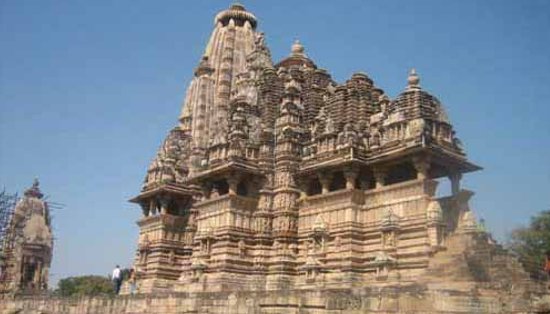Project 1955-56
DETAILS
Two officers, one each for north and south India were appointed in October 1955 for a systematic and comprehensive study of the architecture of ancient temples. For the preliminary fieldwork, the officers engaged themselves in compiling a standard list for traditional terms in usage on the basis of ancient texts on architecture, inscriptions and interviews with traditional Sthapatis and Silpis. In north India, a systematic survey was carried out on the group of temples at Khajuraho.It was noticed that there was an older tradition of granite architecture at the place and that the transition from granite to sandstone was gradual. Thus taking the Lakshmana temple, one of the finest sandstone temples at Khajuraho, securely dated, on the basis of epigraphical evidence to 953-54 C.E. The earlier stages would be represented by the Chausath Yogini temple entirely granite built. The Brahma and Lalguan Mahadeva temples, marked the transitional period.
A relative chronology of the sandstone temples was worked out on the basis of the style of their sculptures, the design of the sikharas, Plans and comparative dimensions.




